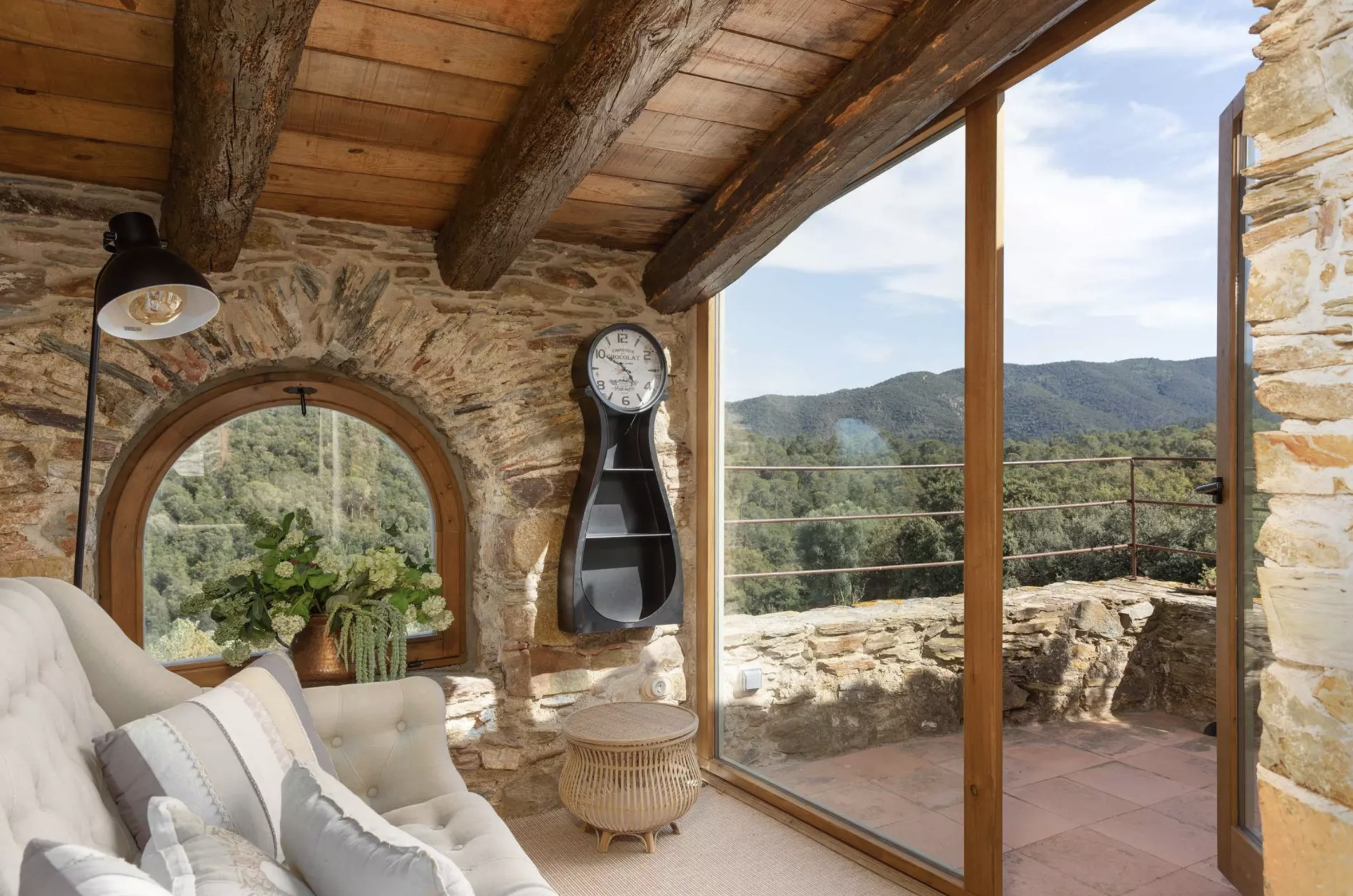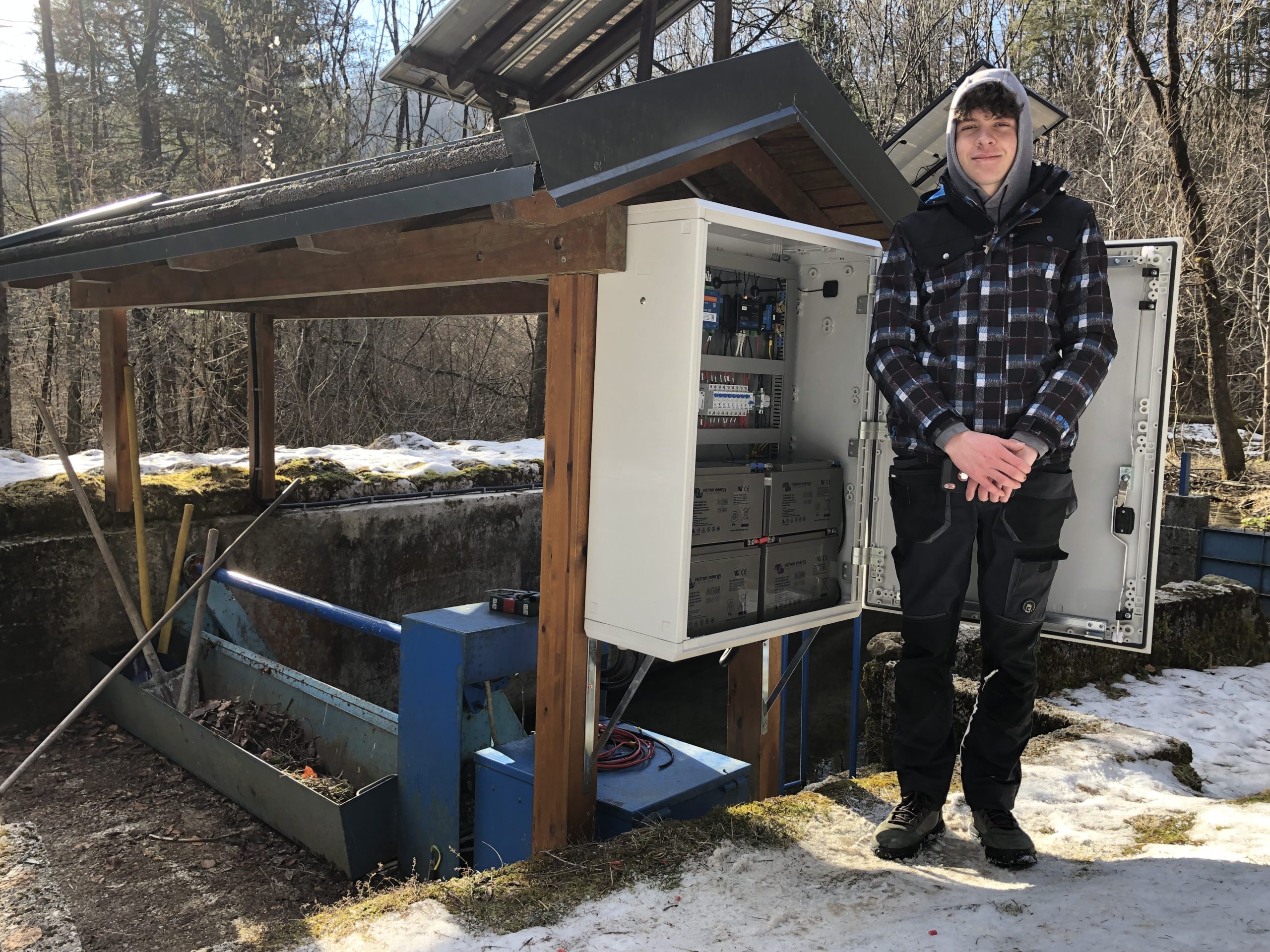Field test: PV Modules
A real world comparison between Mono, Poly, PERC and Dual PV Modules.
* This is a field test and the results are specific for this installation on this location please research which is the best solution for your own situation as the results can be different based on environmental influences.
Total solar yield as of 27/03/2023 when the results were reset:
Mono: 9158 kWh
Split-cell: 9511 kWh
Poly: 9113 kWh
Perc: 9471 kWh
Perc-east: 1970 kWh
Perc-west: 1730 kWh













































